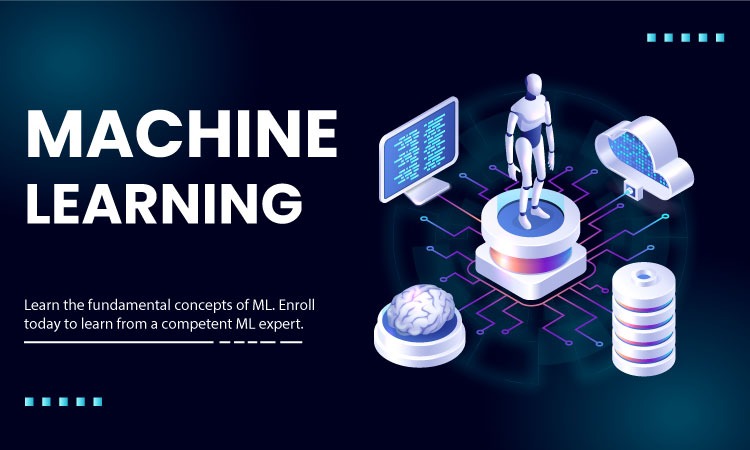Introduction
Python is one of the widely used languages among developers. It has become popular among its users and the go-to language for data science and machine learning. This is why because due to its readability, versatility, and vast ecosystem of powerful libraries. And if we talk about NumPy, pandas, matplotlib, and seaborn, they have become essential for data manipulation, analysis, and visualization.
Well, they form a strong toolkit for data scientists who are interested in Machine Learning in Python Course. So, let’s talk about each of them in brief to get a complete idea.
NumPy: The Foundation for Numerical Computing
Well, NumPy is the foundation of numerical computing in Python. It provides a high-performance multidimensional array object, along with various tools for mathematical operations. If we talk about its functionalities they are as under:
· NumPy’s ndarray object is created for efficient storage and manipulation of large datasets.
· Well, it offers a rich set of functions for linear algebra, Fourier transforms, random number generation, and more.
· It is efficient in simplifying the arithmetic operations between arrays of different shapes.
· Also, it can smoothly integrate with other scientific computing libraries such as SciPy and Matplotlib.
Pandas: Data Structures and Analysis
Pandas are primarily built on NumPy, providing powerful data structures and analysis tools. Its two primary data structures are:
· Series which is a one-dimensional labelled array.
· DataFrame which is a two-dimensional labelled data structure with rows and columns.
Key features of Pandas:
· Panda is efficient in easily handling missing data, duplicates, and outliners. In short, it helps in data cleaning and preparation.
· Well, it handles the process of data manipulation by performing operations such as filtering, sorting, grouping, and merging.
· As well as It is also proficient in time-series analysis, where it analyses time-based data with functions for date and time manipulation.
· Also, it can easily calculate summary statistics, correlations, and regressions.
Matplotlib:
Matplotlib is a complete plotting library that offers a huge range of visualization options. And it provides a flexible API that lets you customize plots as per your needs. If we talk about its key features, they are:
Key Features of Matplotlib:
· Matplotlib creates various plot types such as plots, scatter plots, histograms, and bar charts.
· Well, it arranges multiple plots in a single figure.
· And it also effectively controls plot elements such as labels, titles, legends, and styles.
· If we talk about Visualization, it represents data in 3D plotting.
Seaborn: Statistical Data Visualization:
Seaborn is primarily built on top of matplotlib. Well, it provides a high-level interface for creating attractive statistical visualizations. Also, it offers themes, colour pallets as well, and statistical functions which make it easy to visualize data relationships. So, let’s understand its key features:
Key Features of Seaborn:
· Seaborn helps in generating plots such as heatmaps, pair plots, and regression plots.
· Well, it can help in improving the appearance of your plots with the customization options in themes and styles.
· Also, you can access some of the seaborn-specific functions easily for specific statistical visualizations.
Well, Machine learning practitioners can make great use of these tools. But when it comes to Machine Learning Course for Beginners, it has proved a strong foundation. So, the students need to develop skills to build intelligent applications.
Conclusion
In the above article, we discussed about the essential libraries for data scientists. Well, NumPy provides the foundation for numerical computing, while Pandas offers powerful data structures and analysis tools. Matplotlib and Seaborn enable effective data visualization. Well, if you have mastered these libraries, you can efficiently manipulate, analyse, and visualize data to gain valuable insights and build intelligent applications. A machine learning in Python course will equip you with the skills to leverage these libraries effectively and apply them to real–world problems. So, what you are waiting for? Take the Python Course and grow your career in the ever-evolving competitive technological world.

